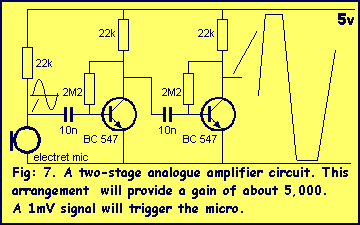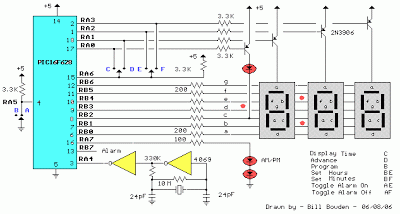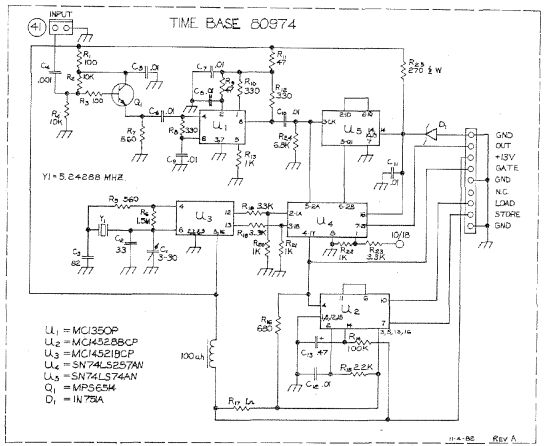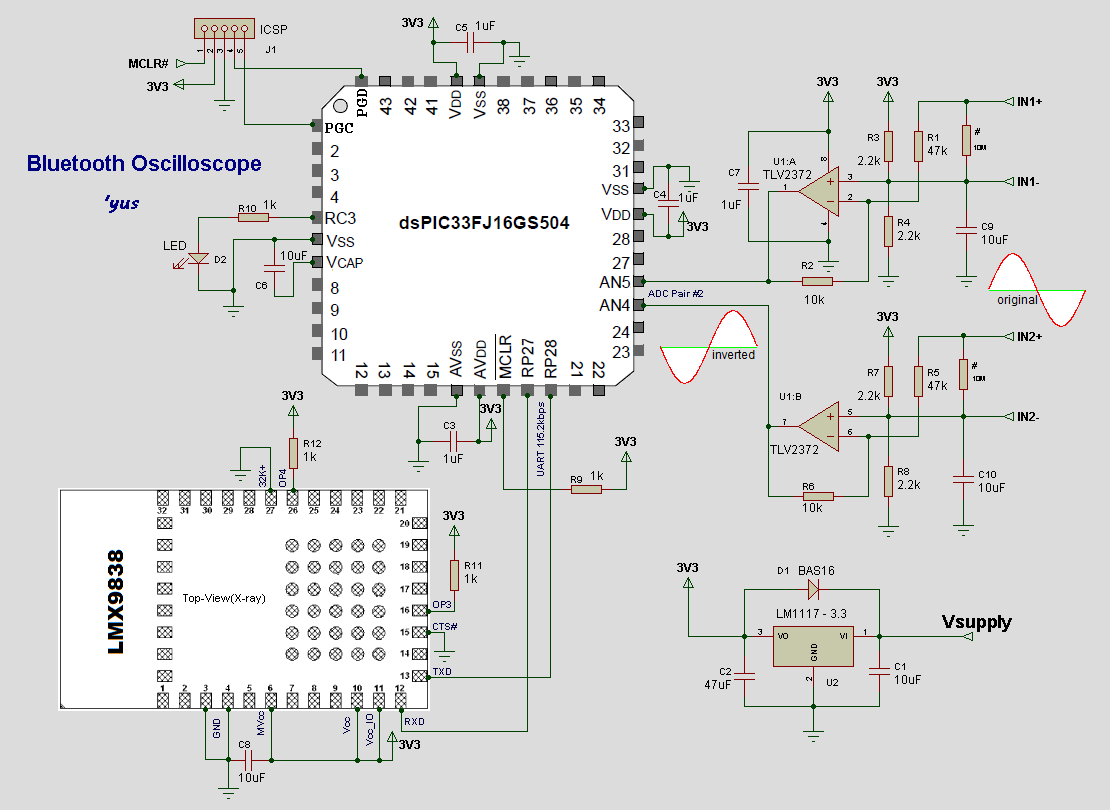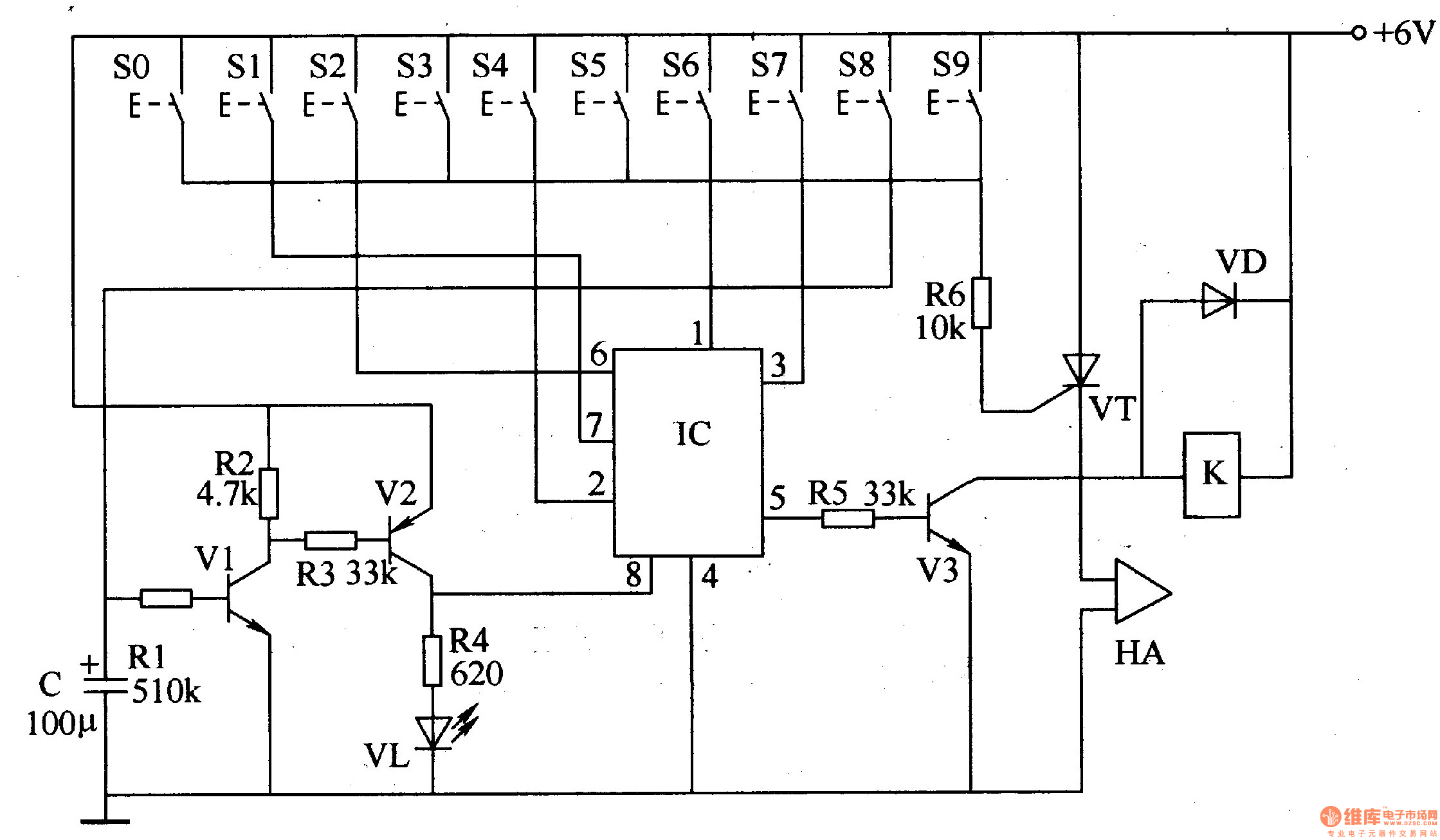
digital oscilloscope
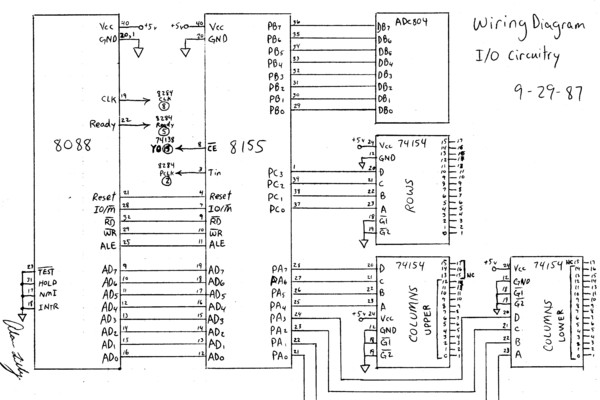
This is an early test program (assembly source code) that was stored on the erasable programmable memory chip (EEPROM). Assembler programming is just one step above programming at the binary level.
The described early test program utilizes assembly language, which is a low-level programming language that provides a symbolic representation of a computer's machine code. Assembly language is closely related to the architecture of the computer's CPU, allowing for direct manipulation of hardware components. The program is stored in an EEPROM, a type of non-volatile memory that retains data even when power is removed. This characteristic makes EEPROM a suitable choice for applications where data integrity is crucial, such as firmware storage or configuration settings.
In this context, the program likely serves as a preliminary test to verify the functionality of the EEPROM and the associated circuitry. The assembler programming used in this case allows for precise control over the hardware, enabling the programmer to write instructions that directly correspond to machine operations. Each instruction in the assembly code corresponds to a specific binary operation, providing a more readable format for developers compared to raw binary coding.
The use of assembly language in conjunction with EEPROM technology highlights the importance of understanding both hardware and software interactions in embedded systems. The programmer can optimize performance and resource utilization by writing efficient assembly code, ensuring that the program runs effectively within the constraints of the hardware. This foundational knowledge is essential for developing more complex applications and systems that rely on low-level programming techniques.This is an early test program (assembly source code), which was stored on the erasable programmable memory chip (EEPROM). Assembler programming is just 1 step above programming at the binary level. 🔗 External reference
The described early test program utilizes assembly language, which is a low-level programming language that provides a symbolic representation of a computer's machine code. Assembly language is closely related to the architecture of the computer's CPU, allowing for direct manipulation of hardware components. The program is stored in an EEPROM, a type of non-volatile memory that retains data even when power is removed. This characteristic makes EEPROM a suitable choice for applications where data integrity is crucial, such as firmware storage or configuration settings.
In this context, the program likely serves as a preliminary test to verify the functionality of the EEPROM and the associated circuitry. The assembler programming used in this case allows for precise control over the hardware, enabling the programmer to write instructions that directly correspond to machine operations. Each instruction in the assembly code corresponds to a specific binary operation, providing a more readable format for developers compared to raw binary coding.
The use of assembly language in conjunction with EEPROM technology highlights the importance of understanding both hardware and software interactions in embedded systems. The programmer can optimize performance and resource utilization by writing efficient assembly code, ensuring that the program runs effectively within the constraints of the hardware. This foundational knowledge is essential for developing more complex applications and systems that rely on low-level programming techniques.This is an early test program (assembly source code), which was stored on the erasable programmable memory chip (EEPROM). Assembler programming is just 1 step above programming at the binary level. 🔗 External reference
